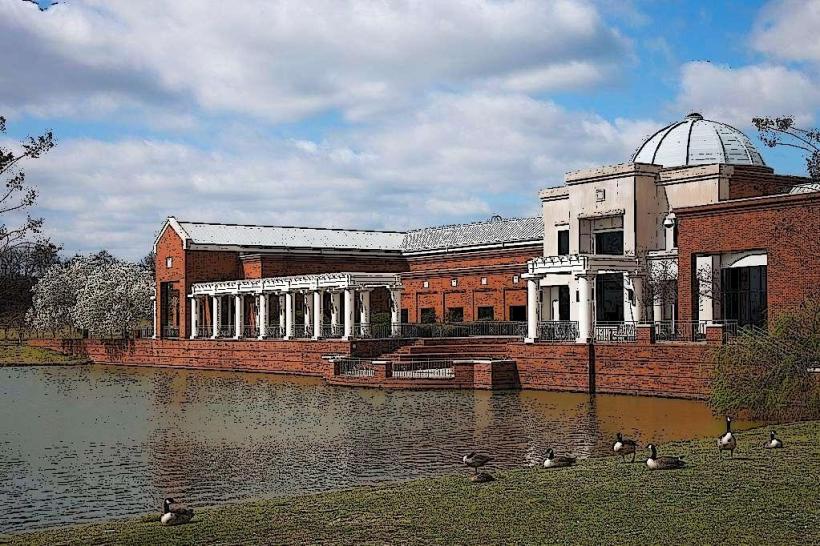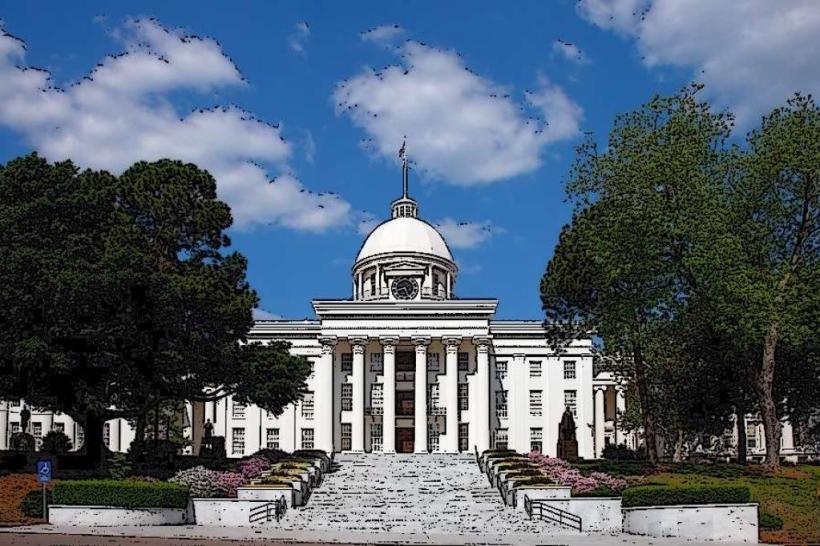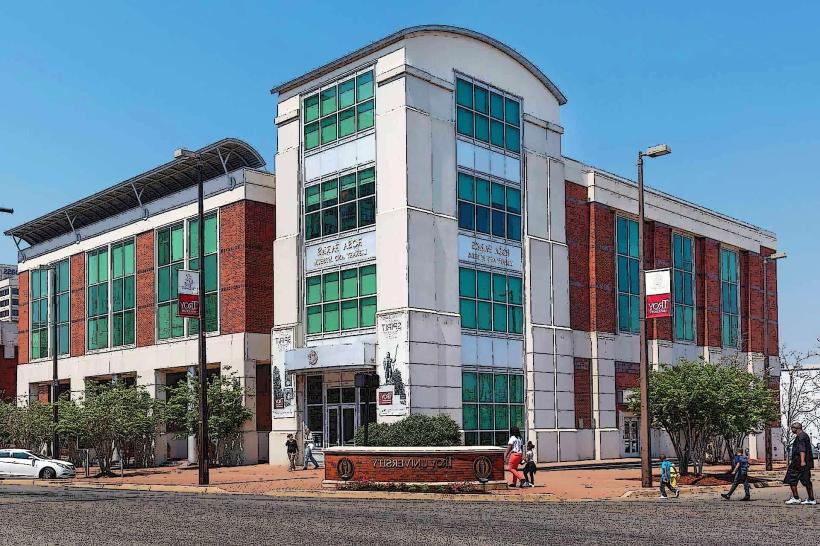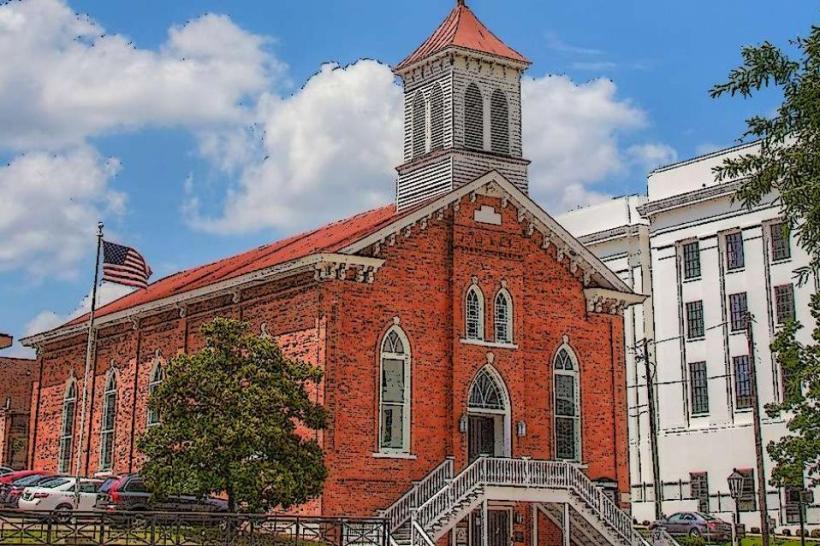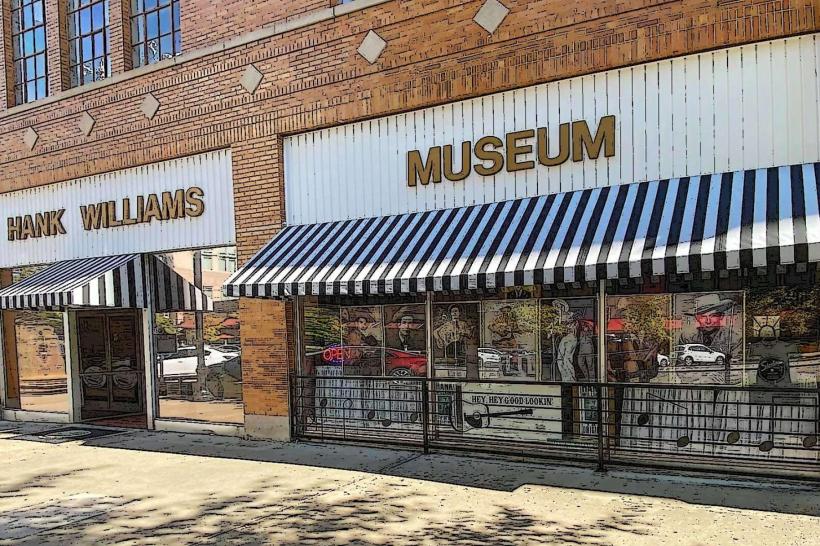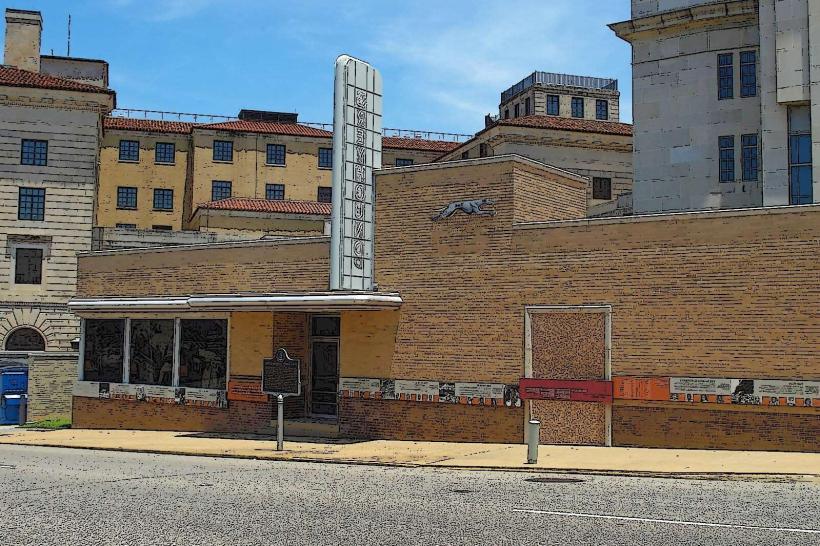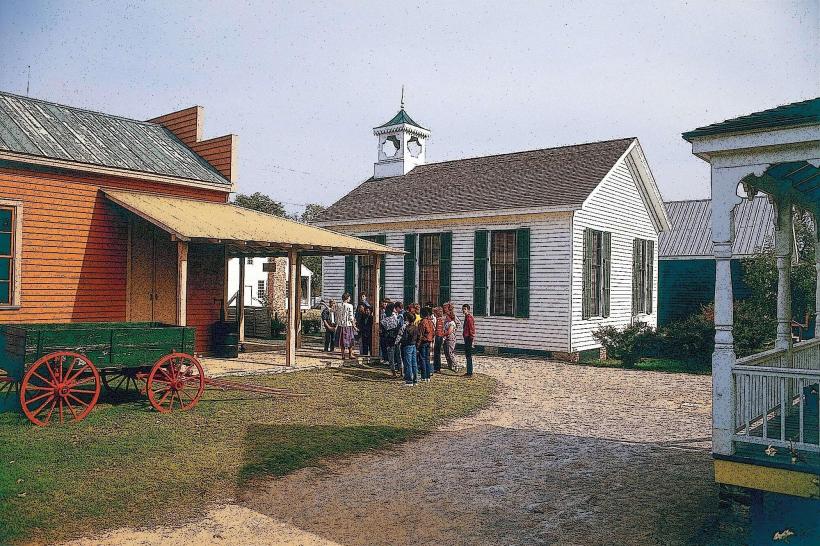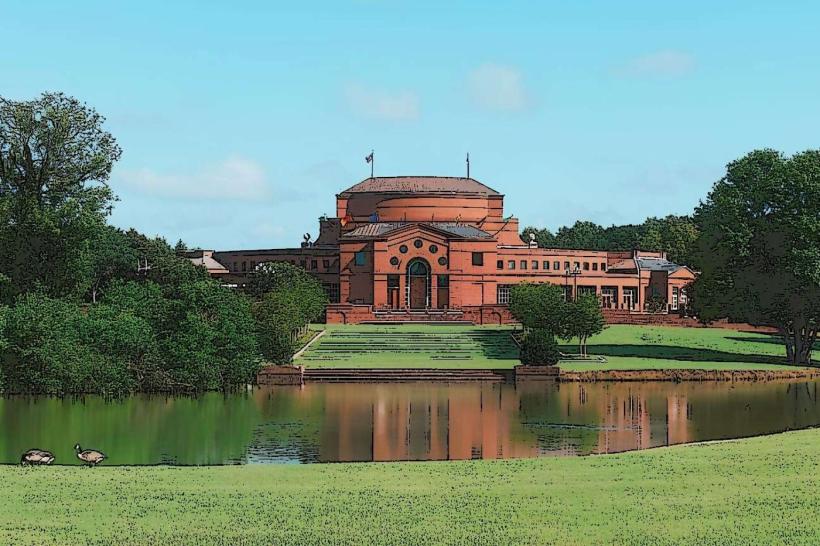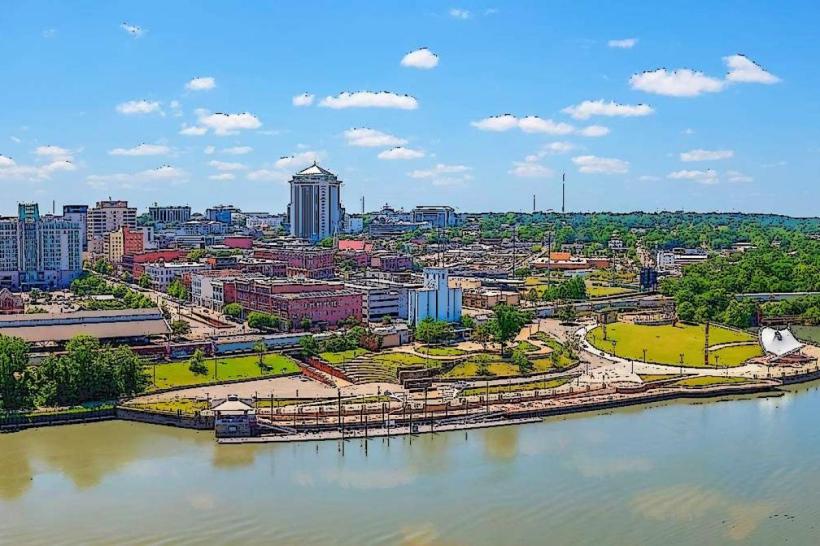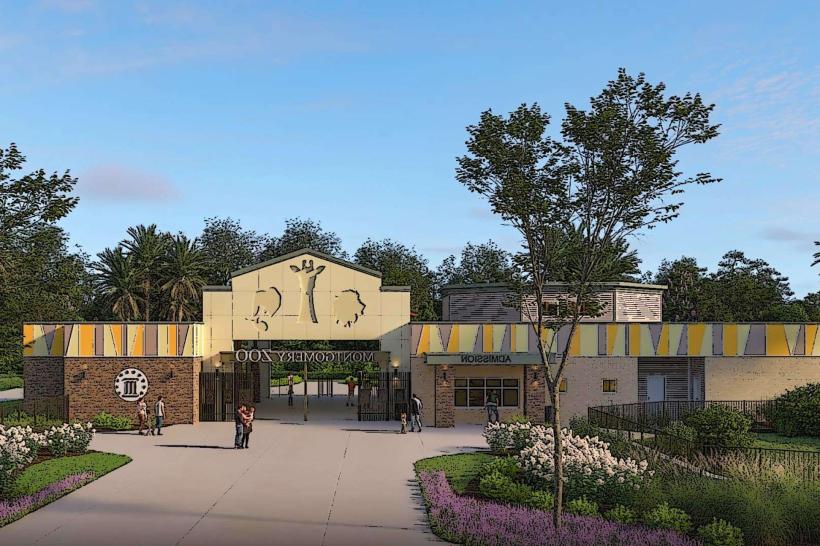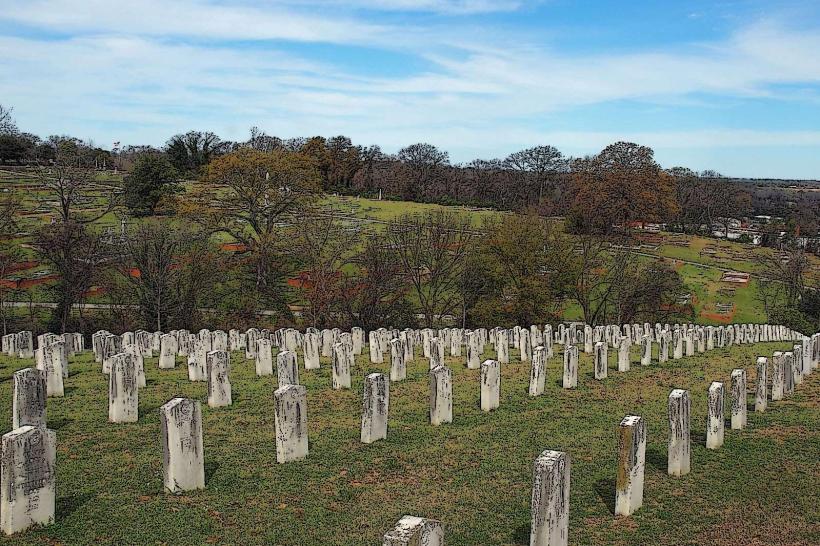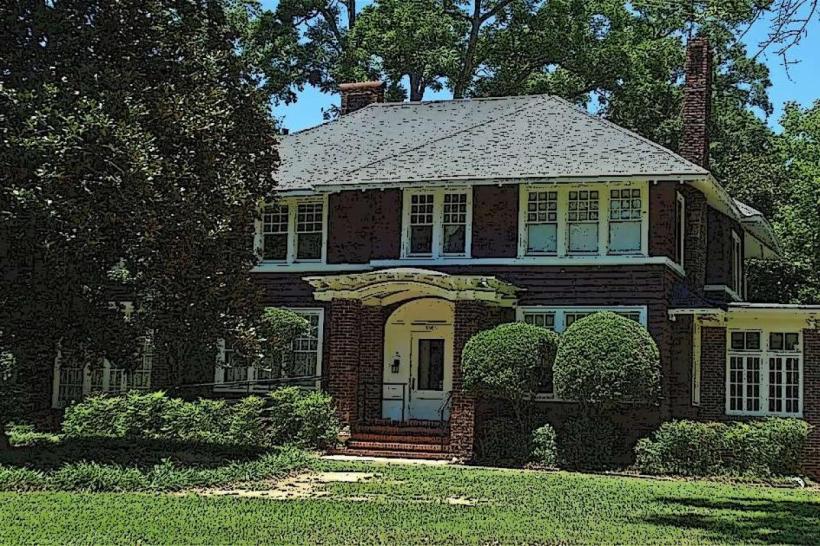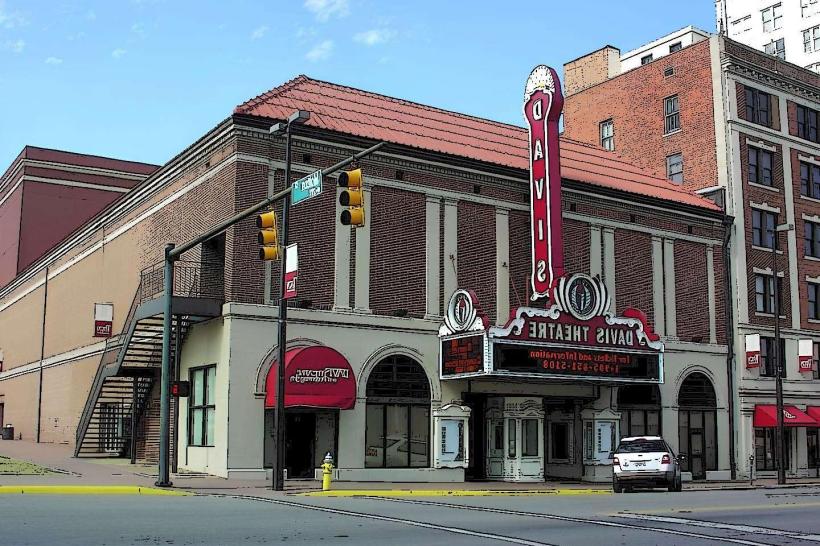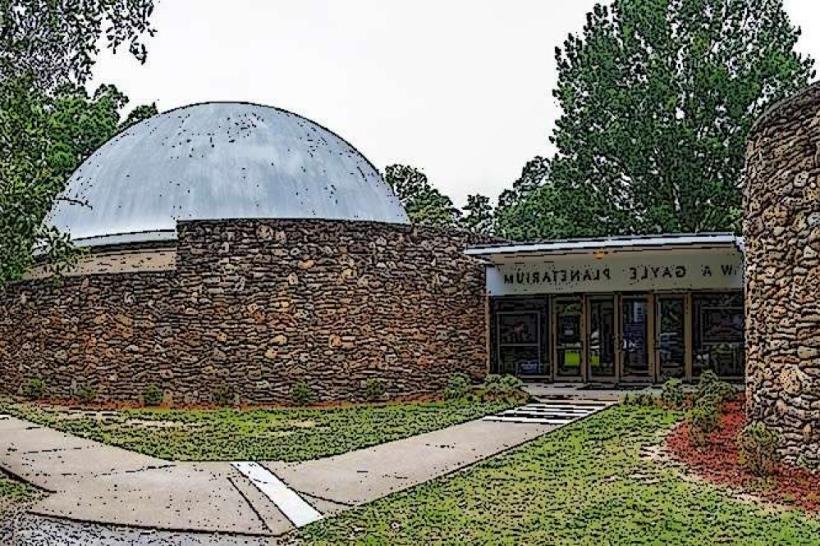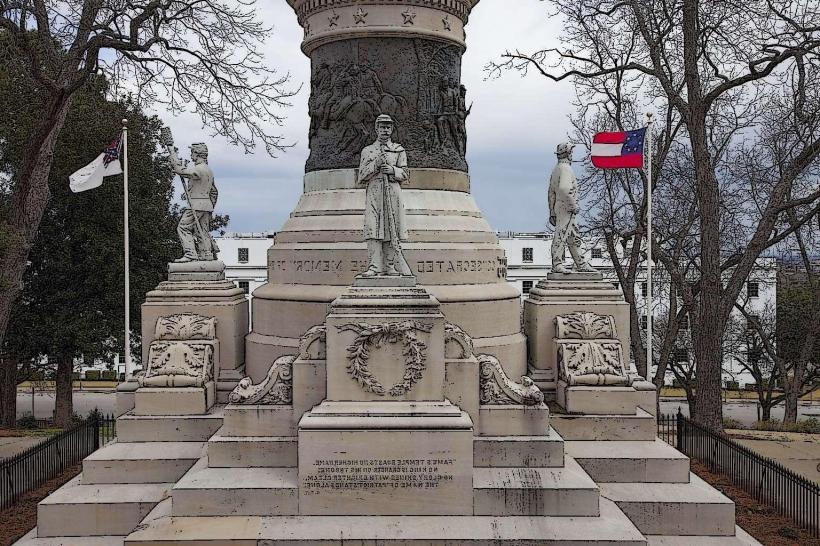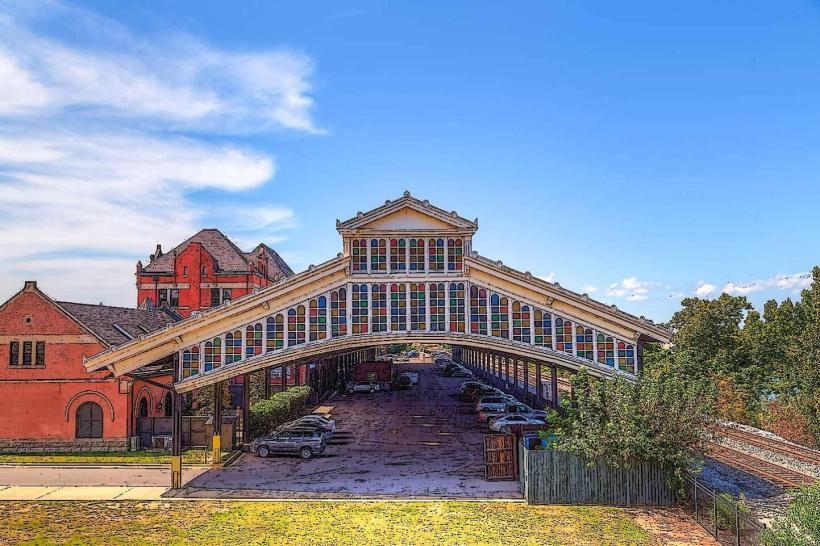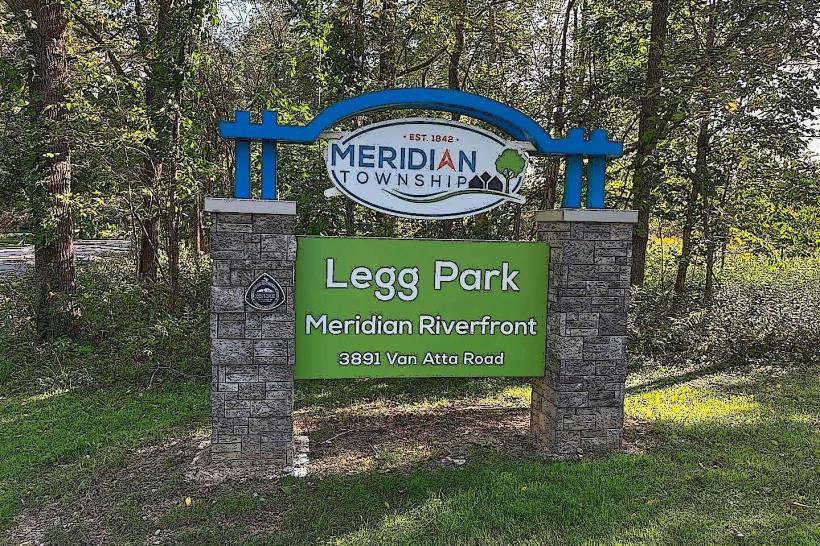Information
Landmark: Civil Rights MemorialCity: Montgomery
Country: USA Alabama
Continent: North America
Civil Rights Memorial, Montgomery, USA Alabama, North America
Civil Rights Memorial in Montgomery, Alabama, is a powerful public monument dedicated to honoring the lives of individuals who were killed during the American civil rights movement. Designed to educate, commemorate, and inspire reflection, it serves as both a historical record and a contemplative space for visitors.
History and Background:
Created in 1989 by the Southern Poverty Law Center (SPLC) and designed by renowned sculptor Maya Lin, who also designed the Vietnam Veterans Memorial in Washington, D.C.
The memorial was built to commemorate those who lost their lives in the struggle for civil rights between 1954 and 1968, emphasizing the human cost of the movement for racial equality.
Located near downtown Montgomery, it is part of a broader network of civil rights landmarks, including the Rosa Parks Museum and Dexter Avenue King Memorial Baptist Church.
Design and Layout:
Circular Black Granite Table: Names of 41 individuals killed during the civil rights era are etched in chronological order.
Water Feature: Water flows over the black granite surface, symbolizing the ongoing flow of justice and the continuity of civil rights struggles.
Engraved Quote: Around the memorial’s base is a quote from Martin Luther King Jr.: “We will remember, we will not be afraid, we will stand together, we will fight for justice.”
Seating and Reflection Areas: Designed to encourage contemplation, meditation, and education, inviting visitors to reflect on the sacrifices made for civil rights.
Educational and Cultural Role:
The memorial is paired with the Civil Rights Memorial Center, which provides interpretive exhibits, photographs, and educational resources about the civil rights movement.
Serves as a site for school field trips, public ceremonies, and commemorative events, particularly during Martin Luther King Jr. Day and Black History Month.
Offers visitors historical context about the individuals listed, the local and national civil rights struggles, and the broader fight for justice and equality.
Visitor Experience:
The memorial is open to the public year-round and is free to visit.
Visitors are encouraged to touch the flowing water, symbolically connecting with the lives and struggles of those honored.
Quiet reflection is recommended, as the memorial is designed as a contemplative space.
The site is highly photogenic and often used for educational photography and documentary purposes.
Significance:
The Civil Rights Memorial stands as a living tribute to those who gave their lives for freedom and equality. It bridges art, history, and activism, creating an immersive experience that educates visitors about the civil rights movement while honoring the courage and sacrifice of those who fought for justice. Its design, combining engraved names and flowing water, symbolizes remembrance, continuity, and hope, making it one of Montgomery’s most poignant landmarks.

